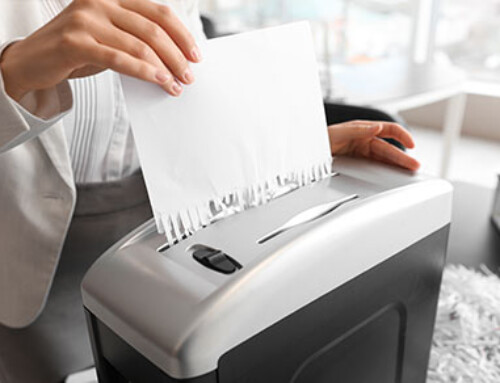Benjamin Franklin once said, “a penny saved is a penny earned.”¹ The modern upgrade to that observation might be that $100 not spent is more like $143.²
One way to find the money to meet your spending or saving needs is to examine your current spending habits and consider eliminating money wasters.
Top Money Wasters
- Bargain Shopping … and its Expensive Cousin, Impulse Buying
Fire sales and impulse buying (such as products sold on infomercials) can be money wasters, made worse by how often they sit idly in a closet or drawer.
- Unused Gym Memberships
At a monthly rate of $40-$50, unused memberships can add up over time. Begin your fitness commitment inexpensively by walking or jogging; you can graduate to the gym once you know you’re going to stick with it.
- Cable and Cell
Call your provider and see if it’s possible to negotiate a new rate. Cell providers, who face stiff competition, may be responsive. Cable companies may be less so, especially if they are a single provider, but you can review your package and make sure you are not paying for service you don’t want.
- Paying for Water
Switching from an essentially free product to one that may cost up to $1.50 a day or more is real budget leak. Consider purchasing a reusable container and using that during the day.
- Gourmet Coffee
$2 or $3 a day may not seem like a lot of money, but when Americans step into a gourmet coffee shop, they may often buy more than just the coffee.Consider brewing your own coffee. It can be ready before you leave for work, and it’ll save you the wait in the drive-through line.
- Eating Out
On average, Americans go out to lunch twice a week and spend $10 each time. That works out to $1,040 annually.³ While dining out may be one of life’s pleasures, eating out is often less about socialization and more about convenience. Twice a week may not seem like much, but over time it can add up






